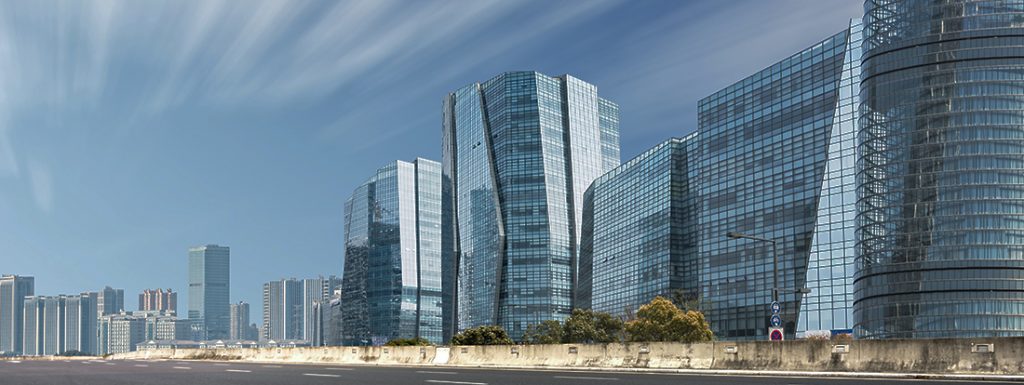
Watermist fire protection systems are being considered for and installed as fire protection measures in domestic and residential buildings in the UK. They are seen as a novel technology in the market but are sensitive to small design changes. Therefore, for successful implementation, watermist suppliers and approving bodies require an indepth knowledge of the system and its intended application. They are being offered as a ’green’ alternative to sprinkler systems because of their potential to reduce water consumption.
This Digest introduces the subject of watermist systems in domestic and residential building types to designers, specifiers, authorities having jurisdiction (building control practitioners, fire safety officers and insurers), end clients, developers, fire safety managers and non-specialists. It briefly covers: - background- reasons for choosing watermist systems- current UK standards- how watermist systems work- issues to be considered including specification, design, installation and ongoing maintenance- use of independent third-party approved suppliers and products.
Contents:
1 Introduction
1.1 Historical context
1.2 Reasons for choosing watermist systems for domestic and residential buildings
1.3 Cost-benefit considerations
1.4 Fire scenarios in domestic and residential buildings
2 Description of domestic and residential watermist systems and how they work
2.1 General
2.2 Firefighting media and supplies
2.3 System detection and activation
2.4 Delivery system
2.5 Watermist nozzles
3 Standards
3.1 Standards for design, installation and maintenance
3.2 Standards for components
4 System fire performance tests
4.1 General4.2 DD 8458-1 fire tests
5 Planning and specification
6 Design, installation and commissioning
7 Ongoing maintenance, system continuity and documentation
8 Alternative suppression systems
9 Use of independent third-party approved suppliers and products
9.1 Installer approval
9.2 Systems and components approval
10 Conclusions
References
Further information
A4, 12pp, 1 drawing, 12 photos